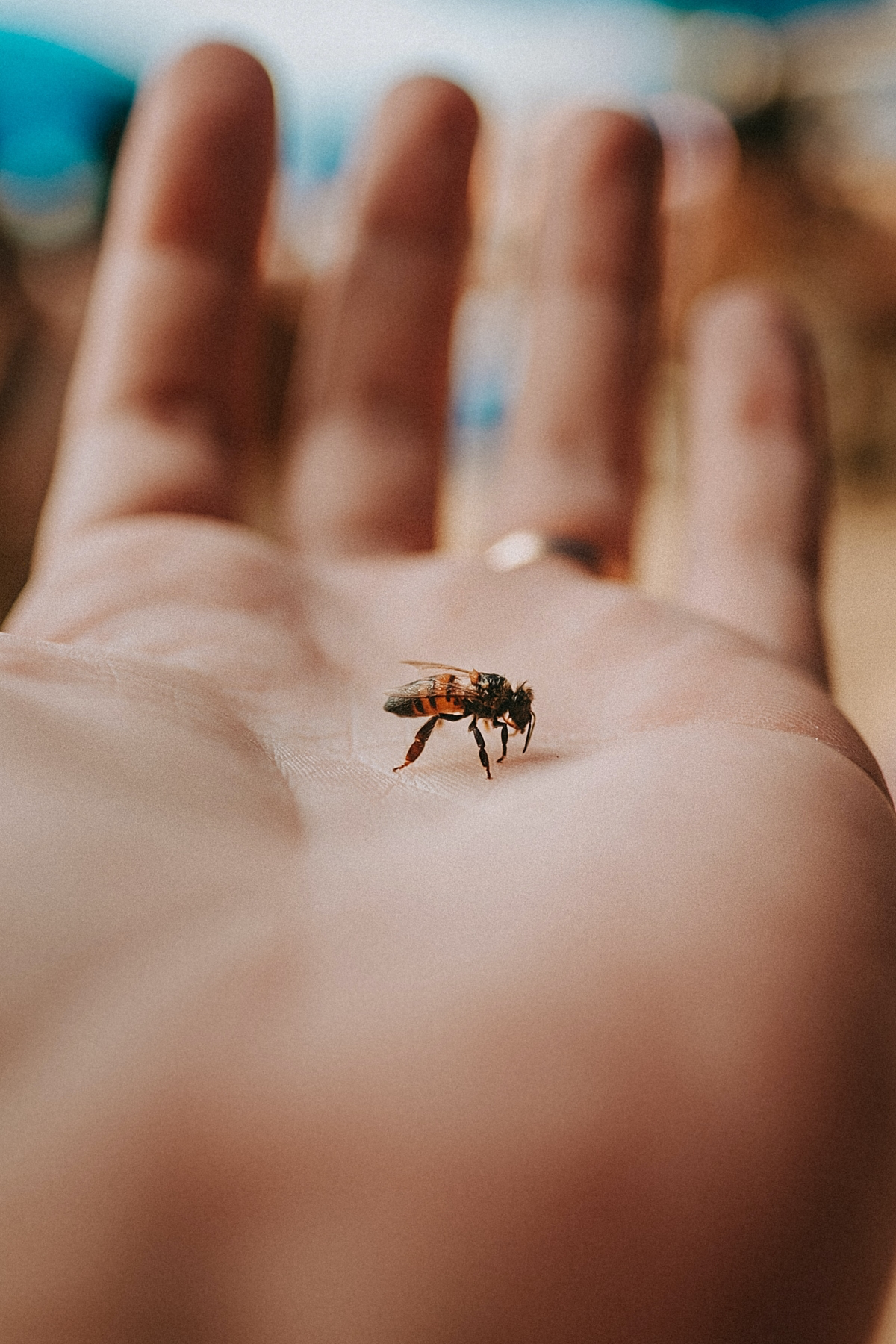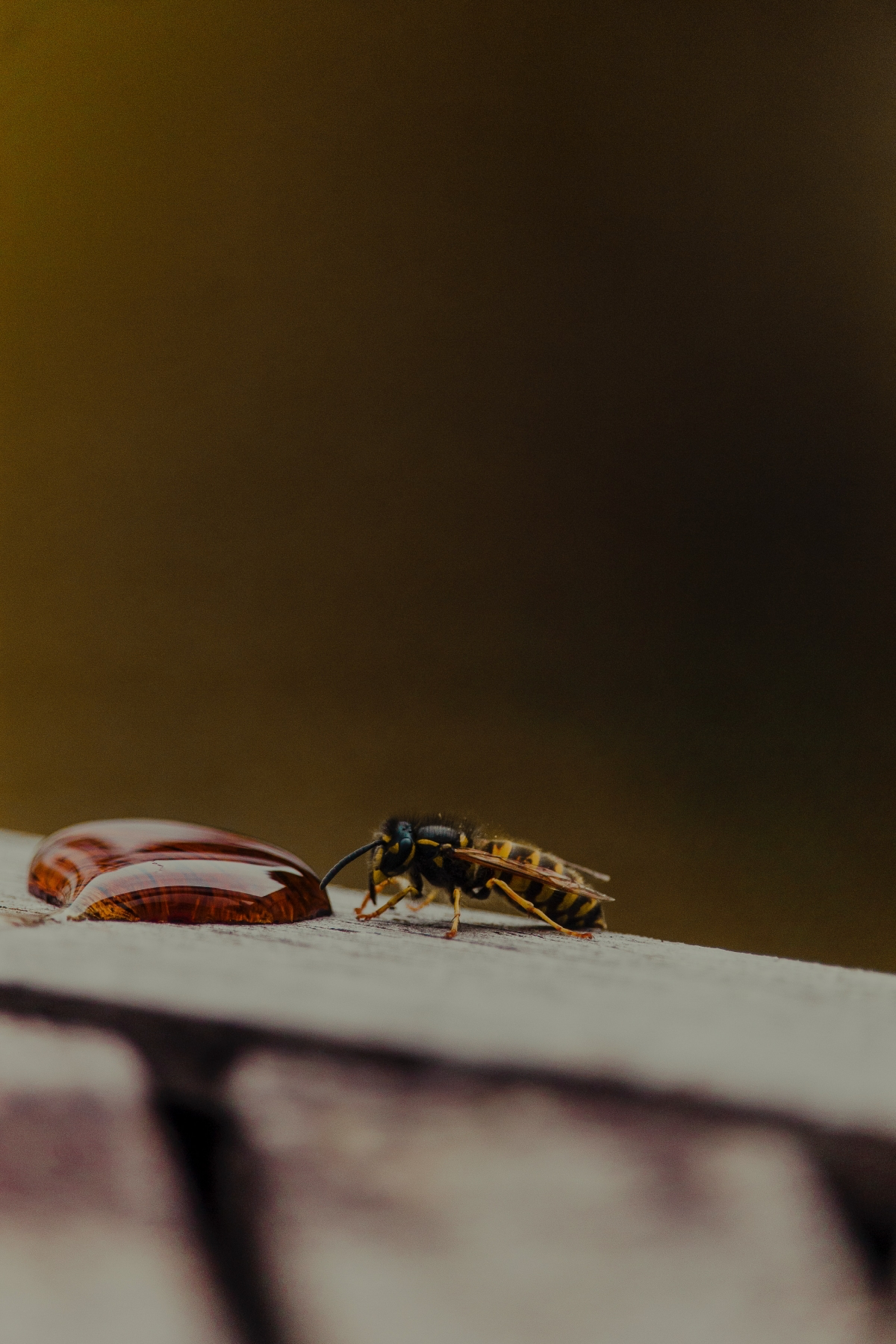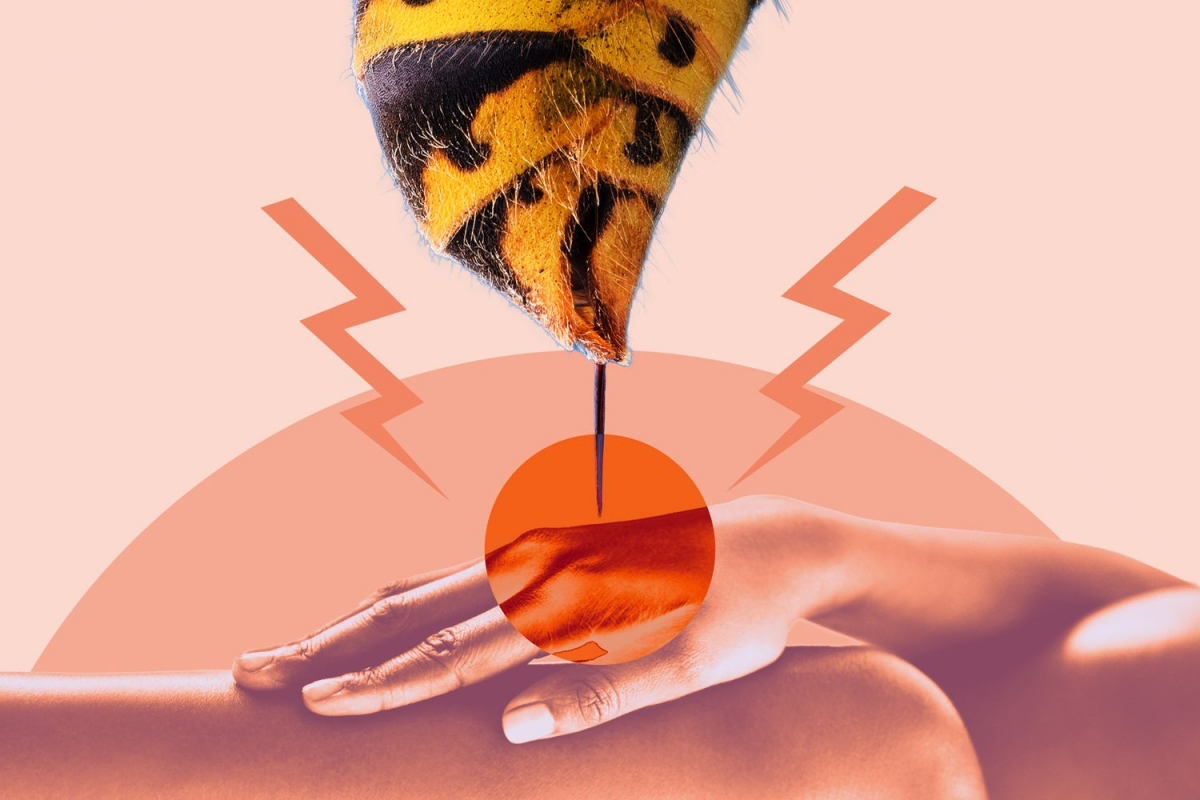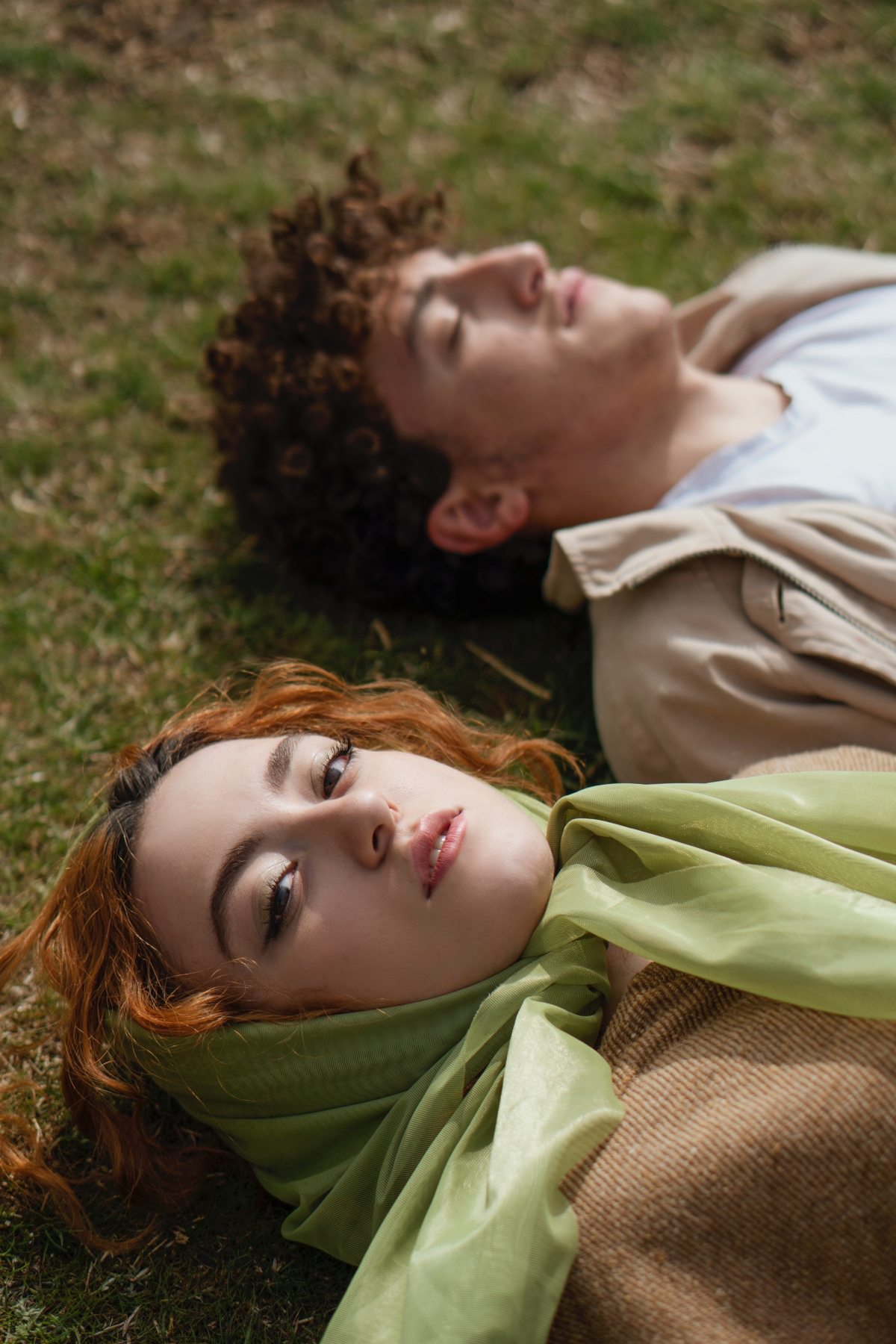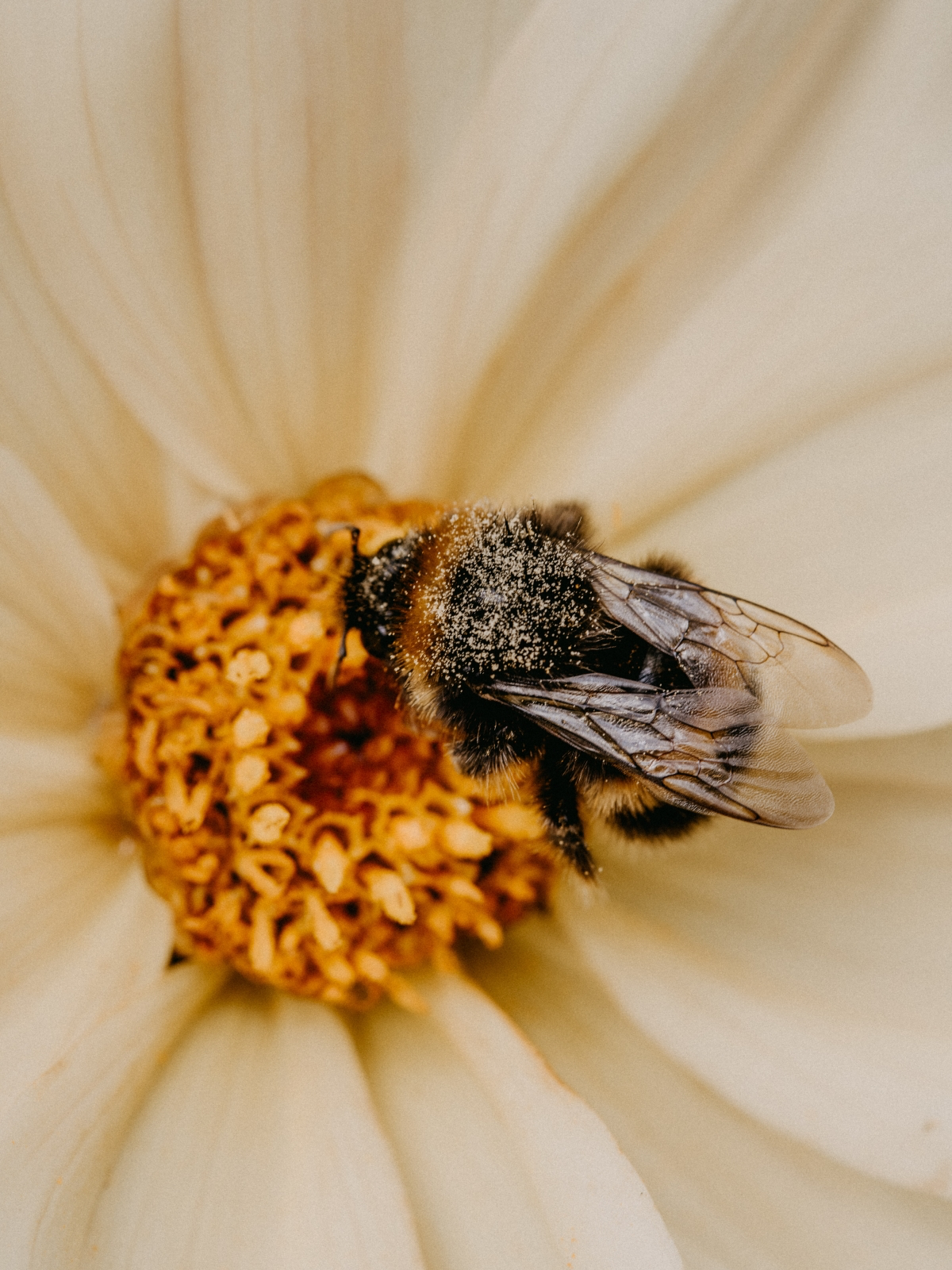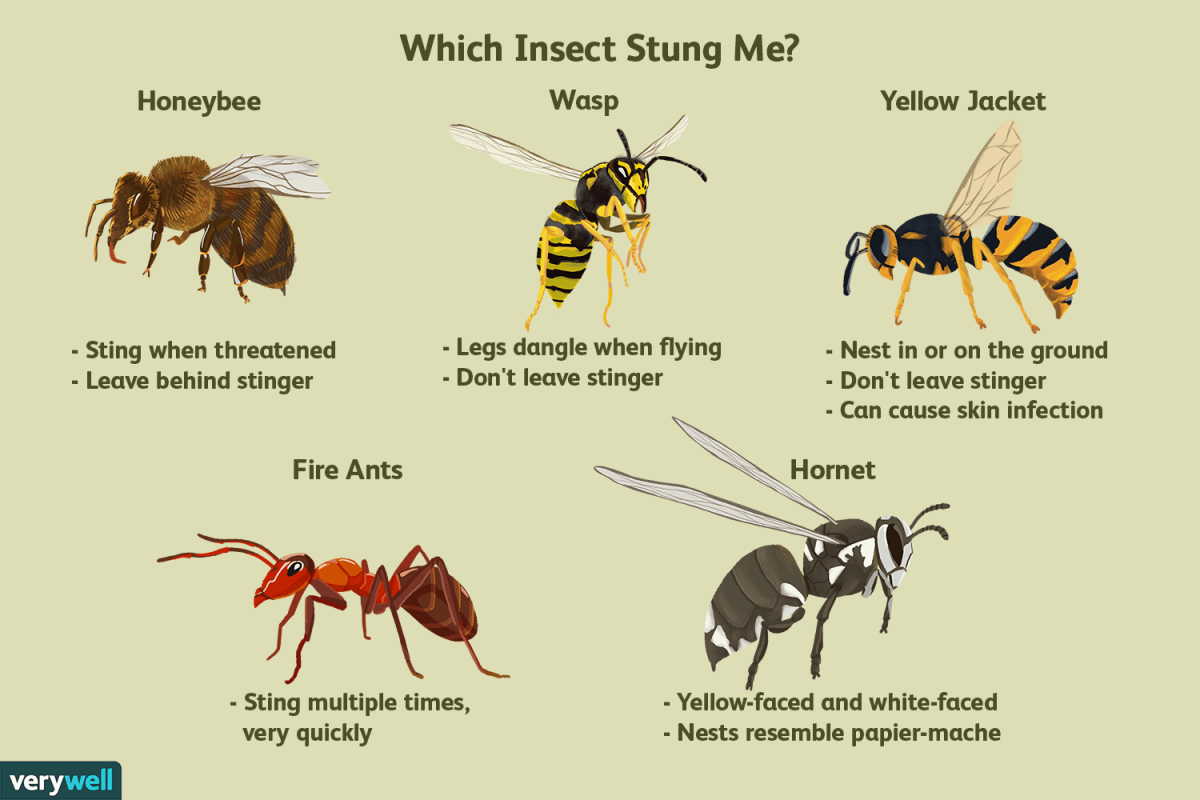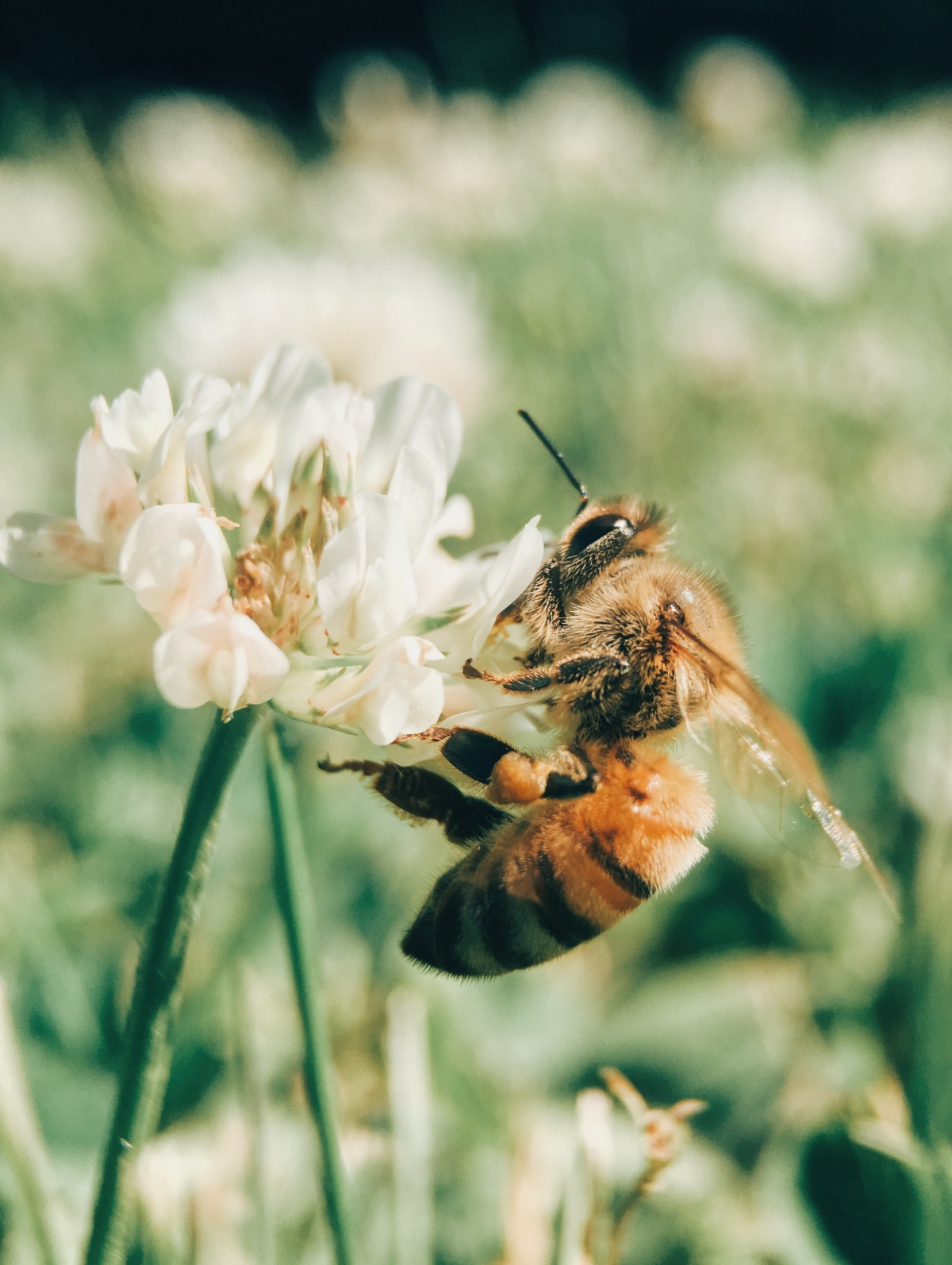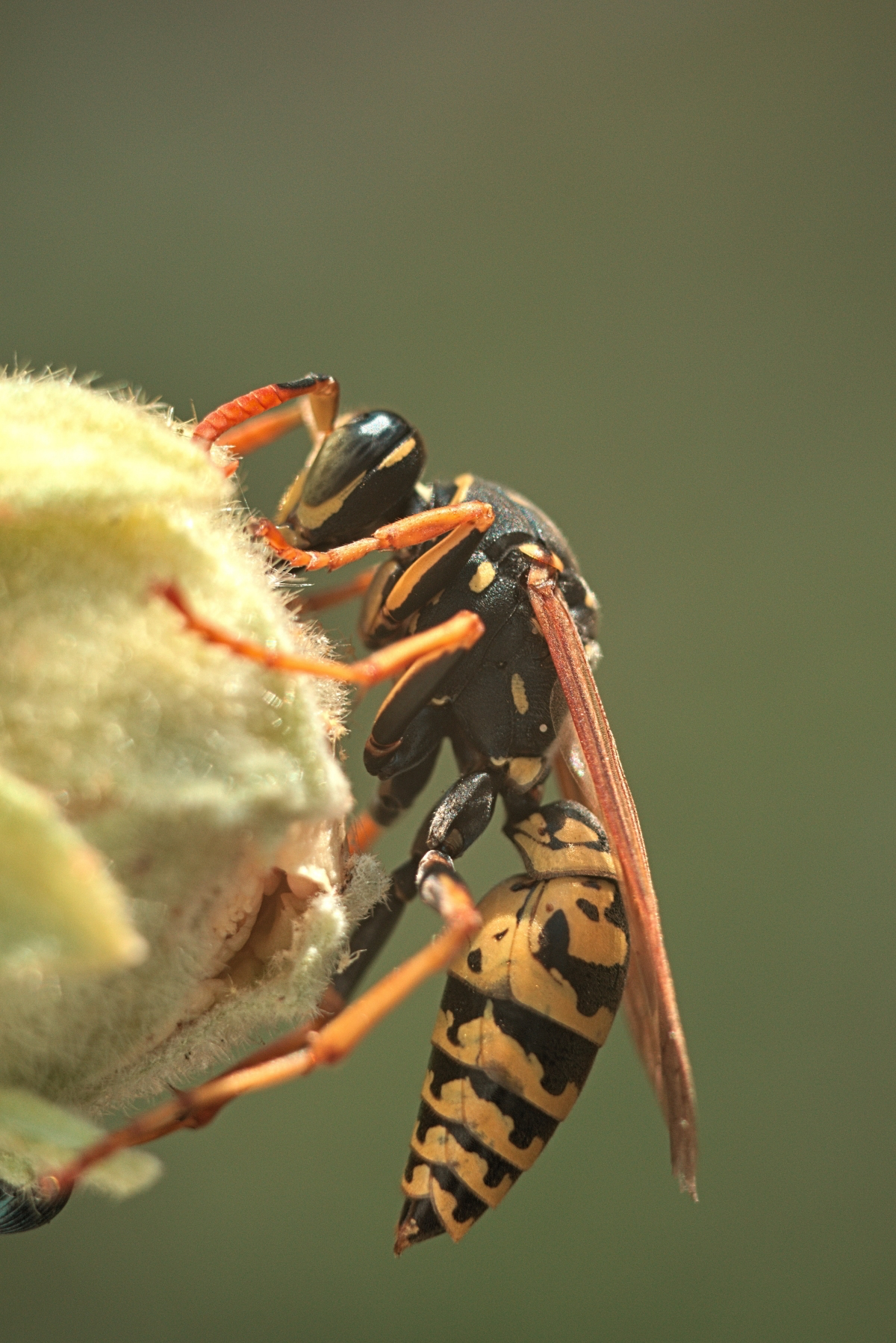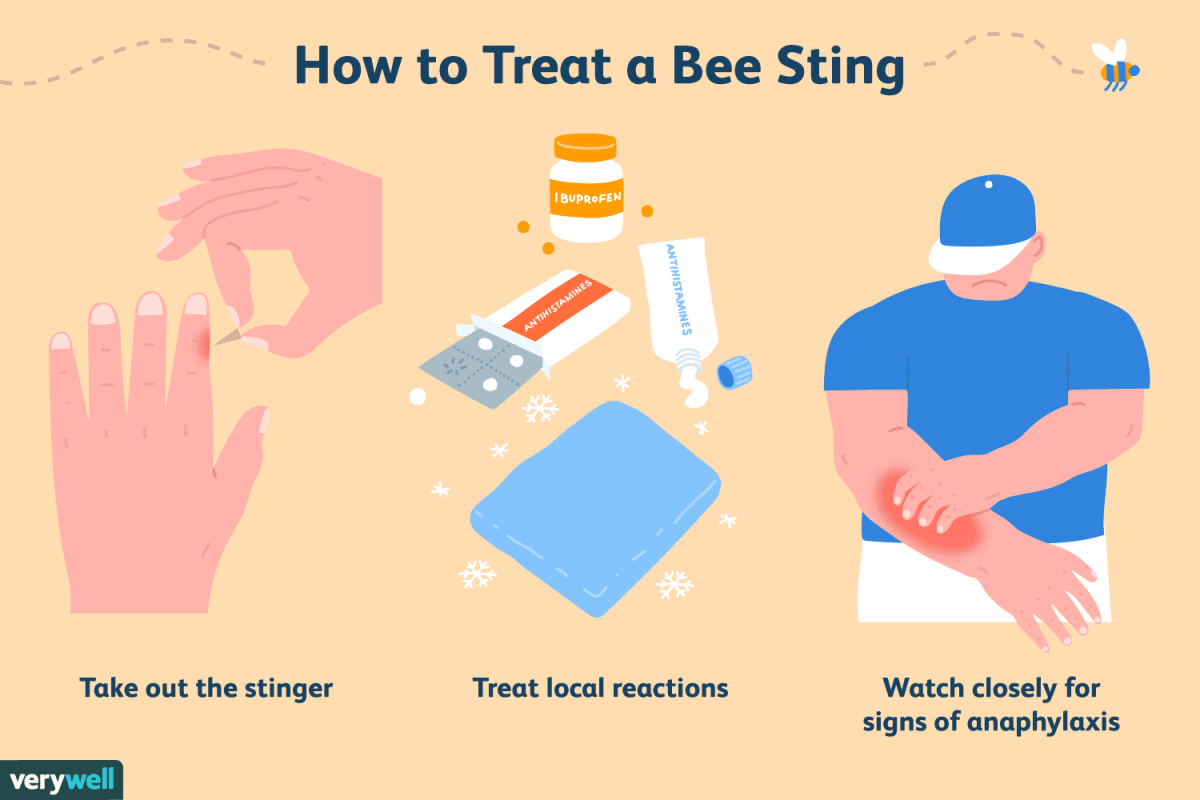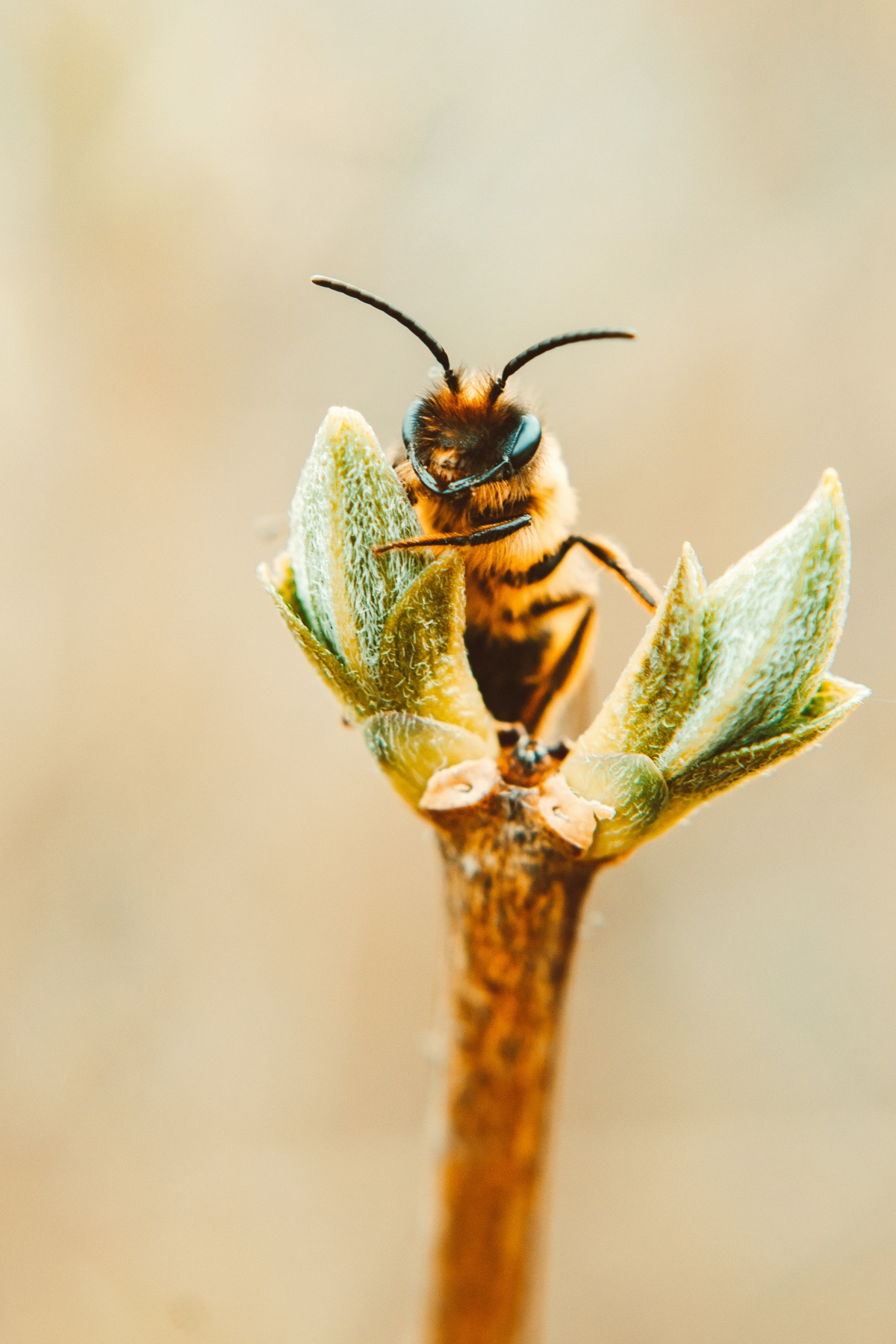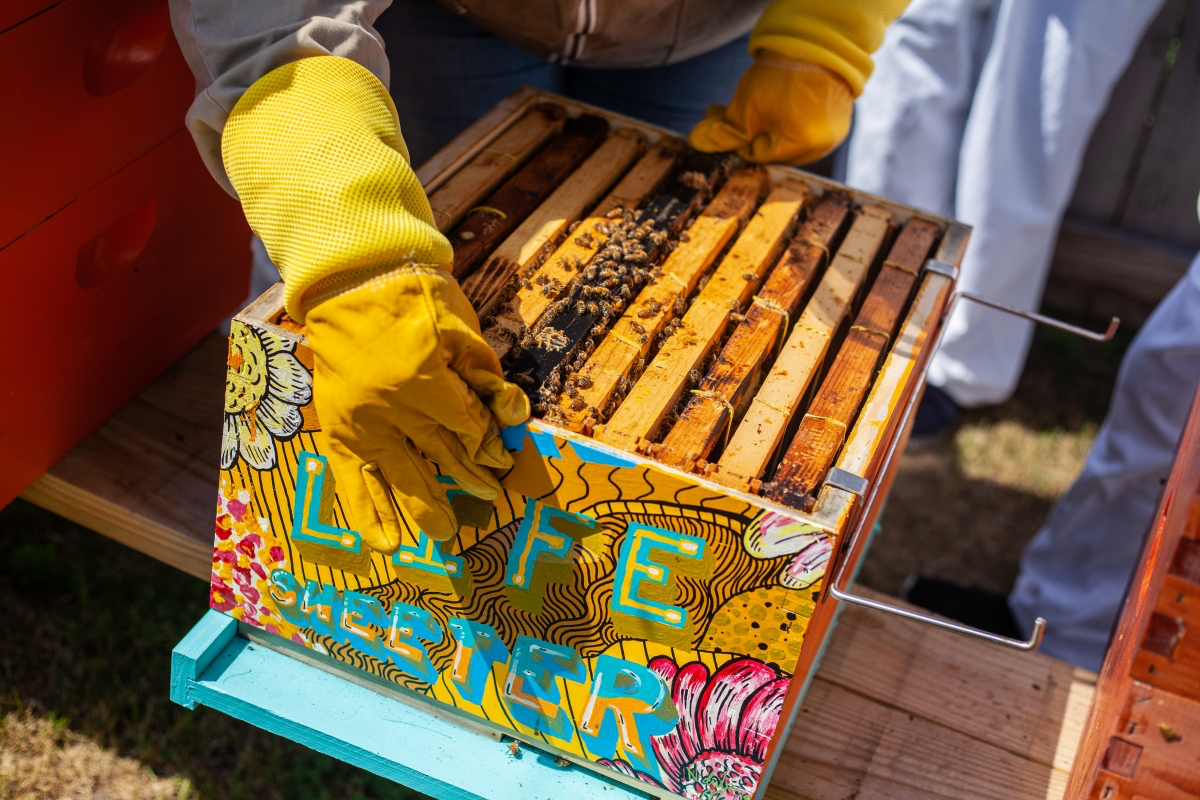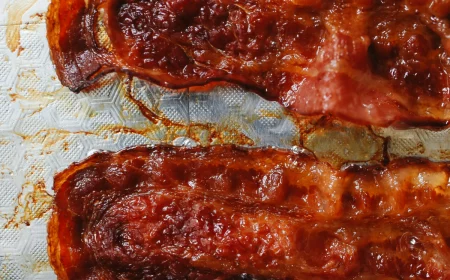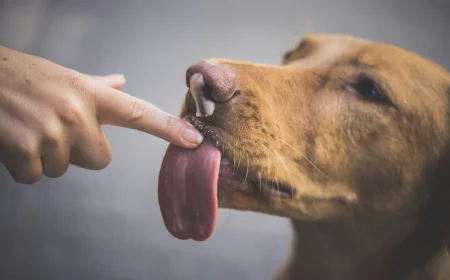How to Treat Bee and Wasp Stings: Everything You Need to Know
As the weather becomes warmer and sunnier, things like wasps, bees, and hornet flies start flying around and about. That is great news for the flowers and the pollinating process, but not so much for us, as these insects can easily sting us. And, sometimes their bites can even have fatal consequences if not treated correctly. This is especially true for sensitive people with allergies. Although, we need to mention that bees are actually cute and very important for us, the planet, and the whole ecosystem. So, don’t kill them, if you stay still, they probably leave you alone! The season of winged insects is already upon us, and we must be prepared for sudden attacks. In this article, we will show you how to actually treat bee and wasp stings and stay safe during the warmer months!
Let’s see how to actually treat bee and wasps stings
In this article
How to Treat Bee and Wasp Stings: Everything You Need to Know
How to avoid getting stung
First and foremost, let’s see what you can do to protect yourself from a sting in the first place. Avoiding getting stung is the best policy, so follow these tips and tricks:
- Don’t panic! — If you see wasps and bees nearby, keep calm and move away slowly.
- Don’t shout, clap your hands or hit them! — This will just agitate them and make them more aggressive.
- Avoid strong, sweet smells! — Don’t use heavily perfumed fragrances, shampoos, or hair sprays when in nature.
- Avoid bright colors! — Don’t wear bright, bold floral patterns on clothes and bags. Patterns like this can easily attract bees, or worse -wasps.
- Avoid fruit orchards! — Fruit plants and even uncovered fruit bins attract hungry wasps.
- Avoid open beverages! — If beverage cans or bottles are left unattended, it can encourage wasps to crawl inside.
- Cover food and drinks! — Always keep food and drinks covered when eating outdoors.
- Keep clean! — Make sure children’s hands and faces are clean after eating sugary foods and drinks.
Follow these simple tips to avoid getting stung by a bee or a wasp
Symptoms of a bee or wasp sting
Now, let’s learn more about the symptoms of a bee or a wasp sting. Insects that have true stings are the large moss bees, bumblebees, wasps, and hornets. Their stinger is located in the abdomen and is connected to a sac that is filled with venom. The sting of the bee is lined with multiple spines and when you get stung it remains in the stung tissue. This causes the death of the bee immediately after the sting. On the other hand, wasps have a stinger with no spines on it. For this reason, they do not die and can actually sting you repeatedly. The swelling and pain after a sting is due to the toxins from the insect’s venom. They are extremely dangerous and, in addition to a mild allergic reaction, can cause the onset of allergic shock. Let’s see some of the most common symptoms:
A wasp can actually sting you repeatedly without dying, unlike a bee
Local reaction
The venom causes swelling, itching, redness and pain locally at the place of the sting. This may subside within a few hours. The severity of the sting is determined by many factors – the type of insect, the number of bites, the location, and whether the person has an allergic predisposition. In general, most people do not develop an allergic reaction.
Generalized rash
People who have an allergy to the toxins contained in the secretions of wasps and bees can experience a much more pronounced allergic reaction. The swelling will be more than normal, and so will the appearance of the rash and the itchiness. Swelling (*swelling of the Quincke) may occur in the eyelids, tongue, mouth, larynx, leading to difficulty breathing and asthma attacks.
*Quincke’s oedema is an acute and rapidly resolving allergic oedema of the skin, subcutaneous tissue and mucous membranes.
Allergic shock
There is a small percentage of people who have an allergy to wasps and bees. When stung, they can develop a very severe allergic reaction or more specifically anaphylaxis that progresses to rapid and generalized body edema, Quincke’s edema, itchy rash, a drop in blood pressure and collapsing. In some excessively severe cases, death may also occur.
Always be extra aware and prepared if you are allergic to bees or wasps
Generally, bee stings are a lot milder than those of wasps and hornets
Respiratory symptoms of anaphylaxis are:
- wheezing caused by spasms of the bronchial muscles
- shortness of breath
- pain on swallowing
- coughing
- pain and tightness in the chest
- upper respiratory tract oedema
In the cardiovascular system, the symptoms are:
- palpitations
- decreased blood pressure
- cardiac arrest
It is also important to know what actually stung you
Treatment of bee and wasp stings
In a local reaction, antihistamines and topical corticosteroids are used. In a generalized rash, oral corticosteroids are prescribed. When it comes to severe generalized reactions with difficulty breathing, speech and Quincke’s edema, corticosteroids such as methylprednisolone intramuscularly or intravenously are prescribed. In allergic shock – adrenaline. But, that is not very likely if you are not allergic. If you get stung and start feeling bad, always consult a doctor as fast as possible. Let’s see which are the best home remedies for bee and wasps stings that can come in handy in most cases:
In general, bee stings are milder and less scary
Wasp and hornet stings, on the other hand, are more painful
Here is how to treat a bee sting in 3 easy steps
Home remedies for bee and wasp stings
- If you have a clove of garlic at home, cut a clove in half and rub it on the injured area. This will immediately relieve the pain and act anti-inflammatory treatment.
- You can use lemon juice as an anti-allergic poultice. Just pour some on the affected area and rub it into the skin.
- Put a water compress on the red area – you can even add a little vinegar. The same effect is obtained with pure apple cider vinegar alone.
- Rub the bitten area with calendula or basil essential oil or leaves.
- Pour some olive oil on the wound.
- Moisten an aspirin tablet, press the area with it and hold for a minute. This will immediately improve the skin condition and reduce pain and swelling. This is the most effective natural remedy, shared by old beekeepers.
Vinegar is a great helper in cleaning, and as a sting treatment
What to do if you get stung, and you are home alone ?
If you get stung, remove the sting as quickly as possible. Wash the bite site with soap and water and apply a topical antibiotic. You can also apply a cold compress. If you have an allergic reaction, it is a good idea to reach for your special emergency kit. To protect yourself from being stung, avoid places where you see insects. In addition, there are electrical appliances such as lawnmowers, for example, that can actually provoke the insects. Remember that strong perfumes, sweet drinks and bright clothing attract bees and wasps. Be aware that if you have had a pronounced allergic reaction in the past after a bee or wasp bite, you should react very quickly!
To protect yourself from being stung, avoid places where you see insects
Now you know how to properly treat bee and wasp stings. But not only that, you also know how to avoid getting stung in the first place. The home remedies we shared are great solutions for bites that are completely natural and simple! So, keep yourself (and the bees) safe!
And, remember that bees are one of the most important insects for the planet!
